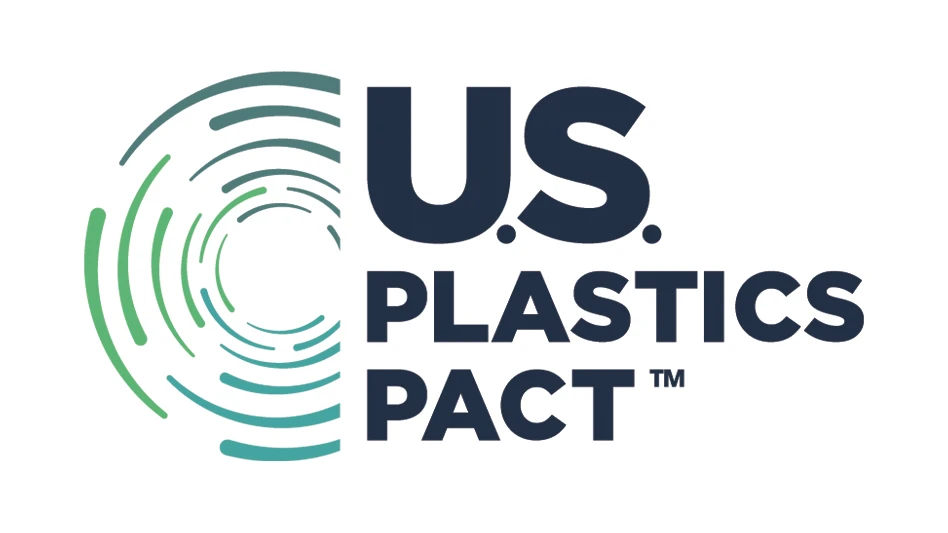The dog days of summer seem to have set in on the ferrous scrap market, as recyclers both report and anticipate a sideways drifting market.
Stable pricing offers welcome predictability on the one hand, but it can also cause apathy on the part of generators and small dealers, one recycler comments. "The market right now is lethargic," he says. "People are just sitting on their scrap. Nobody’s interested, and you’ve got to struggle to be enthusiastic."
Seasonal slowdowns have hit many sectors of the generating market. "The busiest vacation weeks are before and after the Fourth of July," notes an Ohio scrap recycler. This year, when the Fourth fell on a Wednesday, that greatly diminished flow for that particular week.
On the buy side, some summer mill shutdowns are also taking place, although total capability utilization figures, as calculated by the American Iron and Steel Institute, stayed at 88 percent or above in the first two weeks of July. That compared favorably to June weekly rates that drifted between 85 percent and just less than 88 percent.
Mill buying prices as measured by the RMDAS system of MSA Inc., Pittsburgh, bear out the sideways nature of the market. The nationwide averages for three of the most commonly purchased ferrous scrap grades all moved by only $2 per ton or less in the July buying period vs. June.
Regionally, mill buyers in the RMDAS South region paid some $12-per-ton more for prompt industrial grades, but that was an exceptionally large move vs. trading of that grade and others across all other regions.
Three straight months in a narrow trading range seem to indicate a working balance between supply and demand. Although domestic mills are melting at a healthy clip and West Coast export yards are filling orders, scrap generation has been sufficient to fill those orders.
In export news, one owner of ocean shipping containers (Zim Integrated Shipping) has told its customers it no longer wants its containers used to ship loose scrap. Should other container owners adopt that policy, it would put a crimp in a small but growing market for containerized ferrous scrap.
The wider concern for ferrous dealers is where the market will head next and whether generators will continue to bring in material if prices drift down. With prices stable for three months, after taking a drop, one Eastern recycler has seen flow returning. "There’s some price sensitivity, but it’s kind of like gasoline: When it goes up, people say they won’t buy, but eventually, they have to. It’s the same with cash flow on metals; they’ll still make a profit if they sell today vs. watching at it rust."
The watching it rust option does not seem wise to the Midwestern recycler, who says, "It’s a very firm sideways market; nothing can make it go up or down right away."
(Additional news about ferrous scrap, including breaking news and consuming industry reports, is available online at www.RecyclingToday.com)
MSA/RMDASTM MONTHLY FERROUS SCRAP PRICE INDEX
MARKET FLATNESS REMAINS|
|
For the third consecutive month, per-ton pricing has remained relatively flat for all grades across all regions. The biggest jump in average pricing took place in the South, where mill buyers paid $12-per-ton more for prompt industrial composite grades.
Reported regional aggregated spot market prices per gross ton shown for each commodity are based on all Management Science Associates’ (MSA) Raw Material Data Aggregation Service (RMDAS) participants’ actual order data submitted to and processed by MSA as of the 20th of each respective "buy month," rounded to the whole integer. A map of RMDAS regions is available at http://rmdas.msa.com, as is a further explanation of RMDAS methodology and an accompanying disclaimer.
No. 2 shredded scrap is defined as containing .17 percent or greater copper content. The prompt industrial composite consists of an average of No. 1 bundles and No. 1 busheling. Additional pricing information on each grade can be found at www.RecyclingToday.com.
© 2007 Management Science Associates Inc. All rights reserved RMDAS is a trademark of Management Science Associates Inc.
ARCELOR-MITTAL TOPS TONNAGE LEADERBOARD
The 2007 edition of the International Iron and Steel Institute’s World Steel in Figures, covering 2006, is now available online.
World Steel in Figures, compiled by the Brussels-based IISI, contains statistical facts about the world steel industry including steel production, consumption, trade and additional figures on scrap, iron ore, pig iron and crude steel production.
According to the book, the five largest steel producing countries in 2006 were China at 422.7 million metric tons (mmt); Japan at 116.2 mmt; United States at 98.6 mmt; Russia at 70.8 mmt; and South Korea at 48.5 mmt.
The largest five steel-producing companies in 2006, according to IISI’s World Steel Figures, were:
• ArcelorMittal (117.2 mmt)
• Nippon Steel (32.7 mmt)
• JFE (32.0 mmt)
• POSCO (30.1 mmt) and
• Baosteel (22.5 mmt)
Total world production reached 1.24 billion metric tons in 2006, up from 1.14 billion metric tons in 2005.
Next year, World Steel in Figures will no longer be published in print form, but the information will continue to be available on IISI’s Web site at www.worldsteel.org. IISI has published the statistical compilation yearly since 1971.

Explore the August 2007 Issue
Check out more from this issue and find your next story to read.
Latest from Recycling Today
- PCA reports profitable Q1
- British Steel mill subject of UK government intervention
- NRC seeks speakers for October event
- LME identifies Hong Kong warehouses
- Greenville, Mississippi, launches aluminum can recycling program
- Cotton Lives On kicks off 2025 recycling activities
- Georgia-Pacific names president of corrugated business
- Sev.en Global Investments completes acquisitions of Celsa Steel UK, Celsa Nordic







